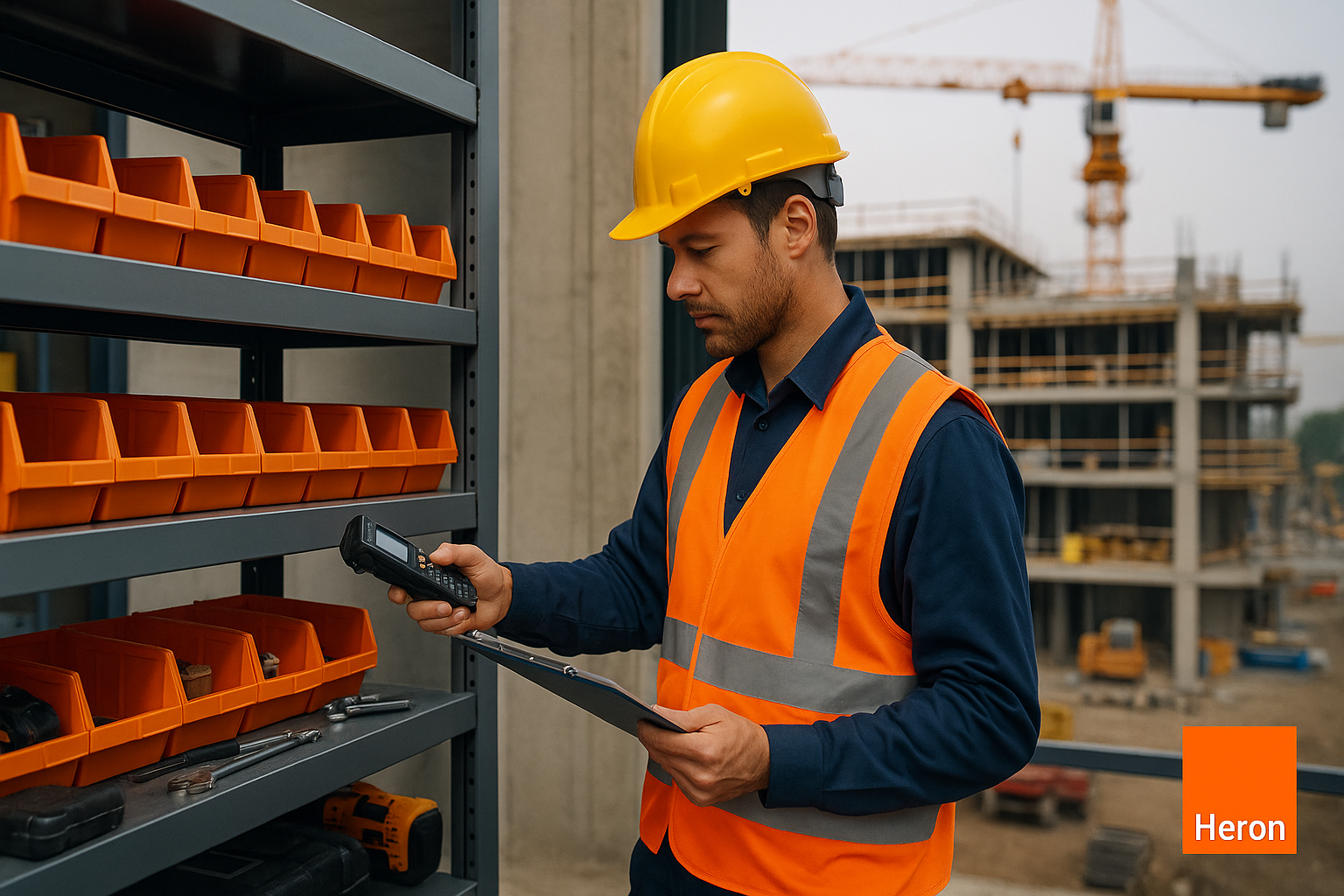IoT in construction: where to start?

The Internet of Things (IoT) is set to radically transform the construction industry. By improving the safety, efficiency and quality of projects, the IoT is making possible what seemed unimaginable just a few years ago. Experts predict that the IoT market in construction will reach nearly $17 billion by 2024, foreshadowing a revolution already underway. Here's how IoT can meet the challenges of this fast-changing sector.
Why IoT in construction?
Construction remains one of the least digitized and automated industries in the world. Faced with increasingly complex worksites, IoT is becoming an essential tool for streamlining workflows, improving resource management and responding to changing market needs. The introduction of this technology promises to transform worksites into connected, intelligent spaces capable of evolving with agility.
The concrete benefits of IoT in construction
1. Enhanced productivity
Construction sites are often synonymous with time and budget overruns. The IoT offers innovative solutions to overcome these challenges:
- Resource management: IoT sensors can monitor the use of materials and equipment in real time. For example, they can track the amount of concrete used, or optimize the use of machinery.
- Task automation: in combination with ERP systems, the IoT facilitates planning, inspections and delivery management. Digital forms eliminate human error and speed up processes.
- Improved scheduling: by analyzing the data collected, project managers can adjust schedules and anticipate any delays.
2. Increased safety
Safety on construction sites is a major concern. With the IoT, it is possible to continuously monitor sites and react quickly to risks :
- Accident prevention: Environmental sensors and geolocation beacons create real-time maps, signalling hazardous areas and alerting when workers approach machines in operation.
- Reducing theft: IoT beacons enable equipment and materials to be located at any time, preventing financial loss.
- Smart wearable devices: Wearables, such as sensor-equipped helmets, can monitor workers' health status and generate alarms in the event of an emergency ("ManDown").
3. Proactive maintenance
Predictive maintenance is one of the most obvious contributions of the IoT. Thanks to real-time data, it becomes possible to predict and avoid breakdowns:
- Equipment monitoring: Sensors constantly analyze machine status and issue alerts in the event of malfunctions.
- Energy management: IoT optimizes energy and fuel consumption by switching off unused equipment and scheduling maintenance.
- Inventory management: IoT systems signal stock depletion and avoid site interruptions due to shortages.
4. Enhanced environmental sustainability
With today's climate change challenges, IoT plays a crucial role in sustainable construction:
- Reducing waste : Sensors monitor the use of materials and help optimize their consumption.
- Optimizing emissions: The data collected enables us to monitor emissions levels and reduce the carbon footprint of construction sites.
- Intelligent waste management : IoT helps separate recyclable waste and minimize environmental impact.
Where to start?
A McKinsey study estimates that the potential impact of IoT in construction could generate up to $160 billion in savings per year. To adopt this technology, it's essential to start with strategic steps:
1. Identify priority needs
Every job site is different. Analyze the weak points in your operations, whether in terms of safety, productivity or resource management.
2. Deploy simple solutions
Start with tools that are easy to integrate:
- Sensors: To monitor environmental conditions (heat, humidity) or concrete hardening.
- Geolocation beacons: Track your equipment and materials.
- Wearables: to ensure worker safety.
3. Invest in connected platforms
An ERP system integrated with IoT data centralizes information, providing an overview and facilitating decision-making.
4. Planning a ramp-up
The IoT is evolving rapidly. Plan to invest gradually to stay at the forefront of innovation.
What does the future hold for IoT in construction?
Given that the IoT can help you reduce organizational maintenance costs by up to 10%, construction companies will need to think about storing this important data in organized "data lakes" and this in order, possibly with the help of Artificial Intelligence, to make the best possible decisions in terms of schedule monitoring, budget, quality and safety.
The construction industry has always been slow to adopt new technologies, but fortunately, IoT in construction is gaining ground every day. Although the Covid19 pandemic led to an 18% drop in the net addition of IoT sensors, we're convinced that once the movement gets underway, there'll be no stopping it in the future.
We can help you start your IoT journey, contact us
Source: Ludovic F. Rembert, Head of Research at Privacy Canada.



